Idrw Team
SOURCE: IDRW.ORG
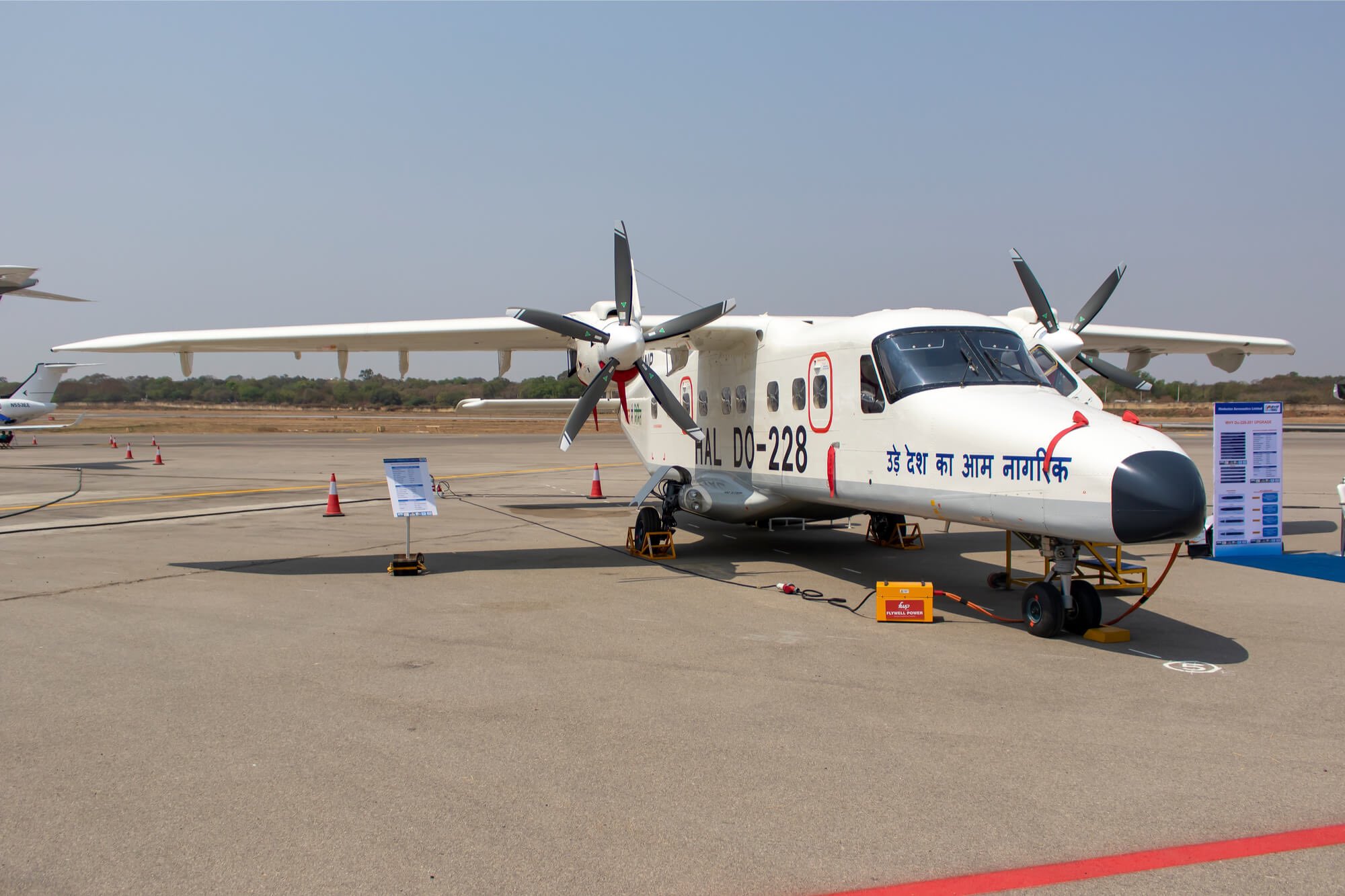

The Guyana Defence Force (GDF) has secured a $23.27 million USD loan from the Export-Import Bank of India (EXIM Bank) to acquire two Dornier Do-228 aircraft manufactured by Hindustan Aeronautics Limited (HAL) of India. This agreement marks a significant step forward in the GDF’s ongoing modernization efforts.
The financing deal was signed on Friday by Guyana’s Finance Minister, Dr. Ashni Singh, and Deputy General Manager of EXIM Bank, Sanjay Lamba. The Guyana Ministry of Finance credits President Ali’s visit to HAL in January 2023 as the impetus for this agreement. While the official announcement did not specify the aircraft model, previous pronouncements by the Guyanese government had indicated their interest in acquiring two Dornier 228 planes.
Continue readingSOURCE: IDRW.ORG TEAM.


The Indian Army is set to receive a boost in firepower later this year with the arrival of six AH-64 Apache attack helicopters from Boeing. These aerial warriors will sport a distinctive sand camouflage paint scheme, specifically designed to provide them with an edge in the arid regions of western India.
Sand camouflage, also known as desert camouflage, utilizes a blend of light brown, tan, and sometimes green tones. This mimics the natural colors of sandy landscapes and rocky outcrops, making the helicopter a tougher target to spot for enemy forces on the ground. By breaking up the helicopter’s outline, especially from afar, sand camo enhances its survivability.
Continue readingSOURCE: IDRW.ORG TEAM.


Researchers from the Indian Institutes of Technology (IIT) Mandi and Palakkad have unveiled a groundbreaking innovation – a marine robot designed specifically for real-time underwater tasks. This state-of-the-the-art robot promises to revolutionize underwater operations by enhancing efficiency, reducing risks, and minimizing costs.
The robot’s key strength lies in its ability to address problems in real-time. Unlike traditional methods, which may involve human divers or bulky remotely operated vehicles (ROVs), this robot offers a more agile and adaptable solution. It can quickly assess situations and provide immediate feedback, allowing for faster decision-making and problem-solving during underwater operations.
Continue readingSOURCE: IDRW.ORG TEAM.
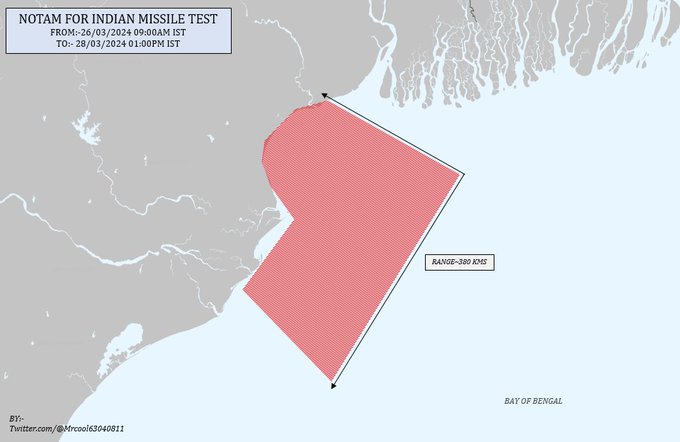

@Mrcool63040811
India’s recent issuance of a Notice to Airmen (NOTAM) for a missile test in the Bay of Bengal has sparked speculation and interest in the defense community. Scheduled from March 26th to April 28th, 2024, with a designated area spanning 380 kilometers, the test has piqued curiosity regarding the nature and capabilities of the missile being tested. While speculation abounds, the specifics of the test remain shrouded in secrecy until its completion.
The issuance of a NOTAM for a missile test is not uncommon, especially for countries actively engaged in the development and testing of military hardware. In the case of India’s recent NOTAM, the designated area in the Bay of Bengal indicates that the test will likely involve the firing of a missile over a specified trajectory within the designated range.
Continue readingSOURCE: IDRW.ORG TEAM.
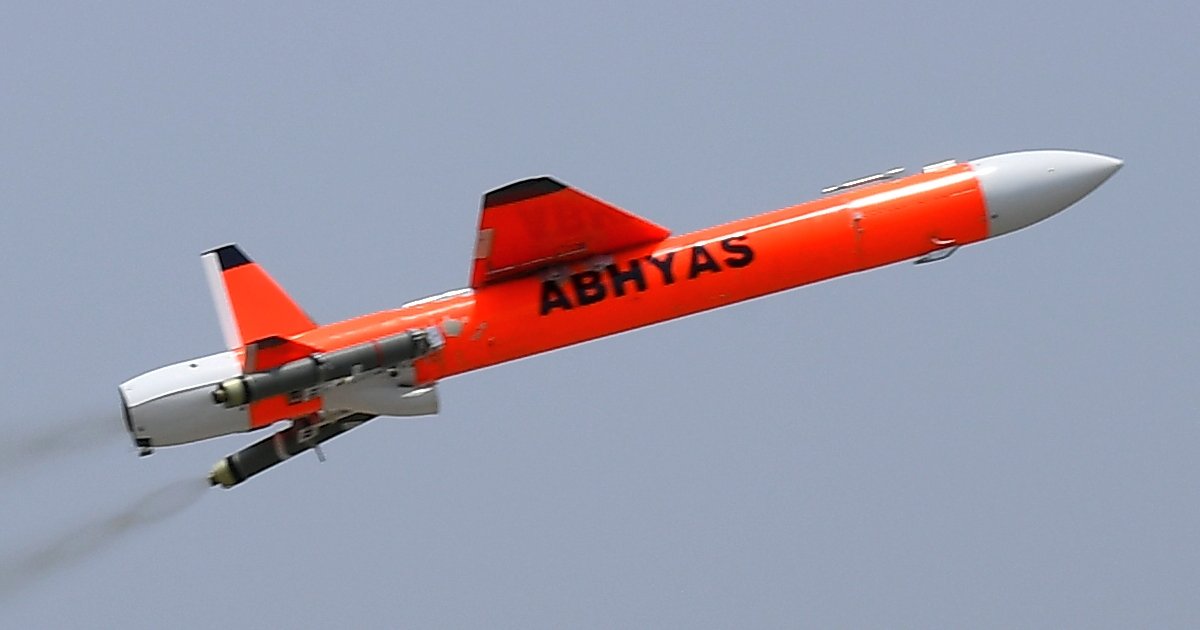

India’s Defence Research and Development Organisation (DRDO) has achieved a significant milestone with the successful completion of recent flight trials of the high-speed expendable aerial target (HEAT) named ‘ABHYAS.’
Conducted at the Integrated Test Range in Odisha, the trials focused on achieving key mission objectives. This included validating the effectiveness of a revised, robust configuration utilizing a single booster design. This streamlined approach not only reduces complexity but also paves the way for cost-effective production.
Continue readingSOURCE: IDRW.ORG TEAM.
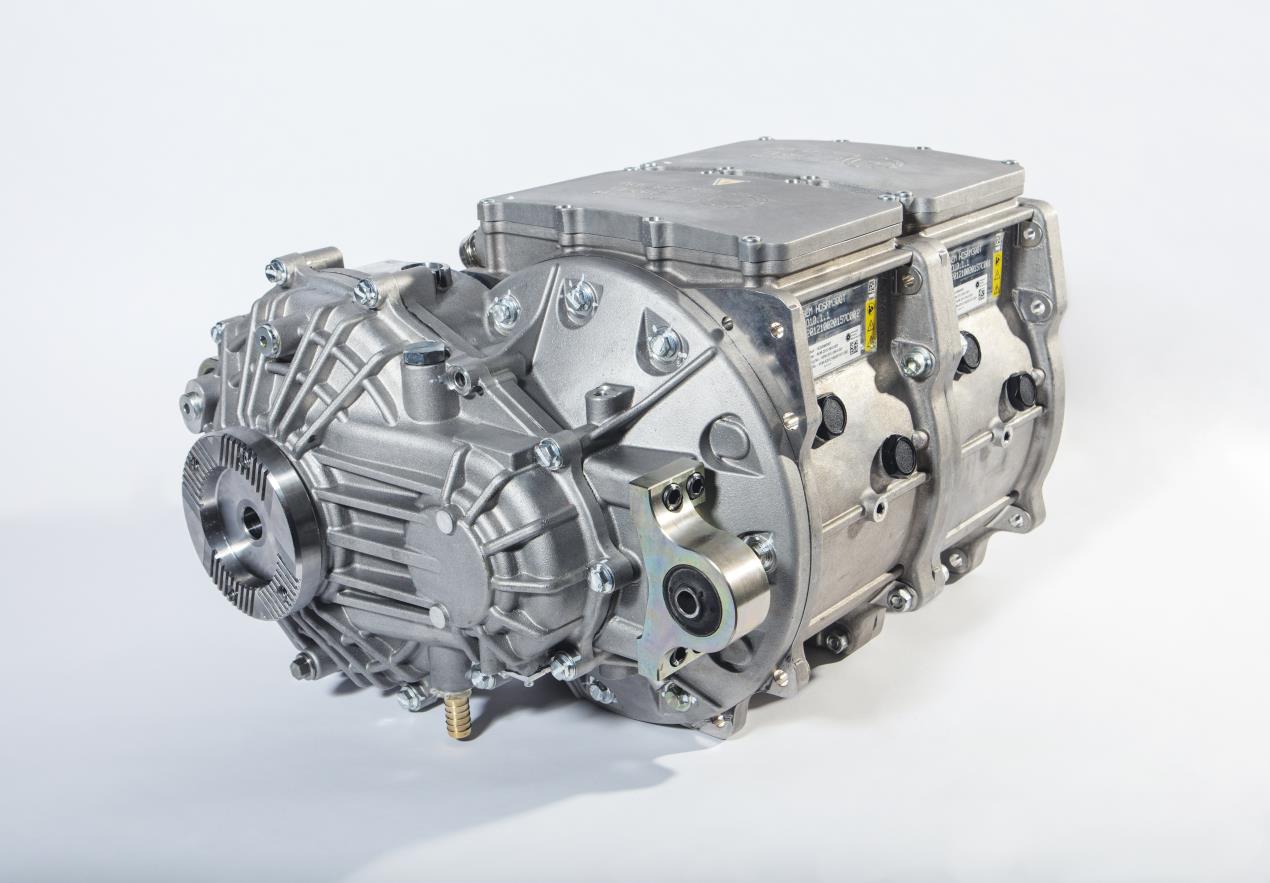

Indian jet engine startup Dg Propulsion Private Limited (DPPL) has achieved a significant milestone with its second patent, titled “A Power System for a Hybrid Electric Vehicle Comprising Micro Gas Turbine and Fuel Cell.” This innovative technology holds the potential to revolutionize the future of mobility by offering enhanced efficiency, reduced emissions, and a cleaner environment.
According to DPPL founder Prateek Dhawan, “The integration of a micro gas turbine and fuel cell in a hybrid electric vehicle promises enhanced efficiency, reduced emissions, and a cleaner future for mobility.” This hybrid system combines the best of both worlds: a fuel cell provides a quick response like a battery, while a micro gas turbine extends the vehicle’s range significantly.
Continue readingSOURCE: IDRW.ORG


In a development raising concerns, a Pakistani Navy ship, PNS Rizwan (A294), has been spotted undertaking an inward journey from China. While the exact purpose of the voyage remains unclear, analysts believe it could be linked to intelligence gathering activities in the Arabian Sea.
The ship’s features, as reported by Open Source Naval Intelligence Tracker (OSNIT), point towards potential espionage applications. The presence of tracking radars suggests the vessel might be equipped for telemetry and intelligence collection.
Continue readingSOURCE: IDRW.ORG TEAM.
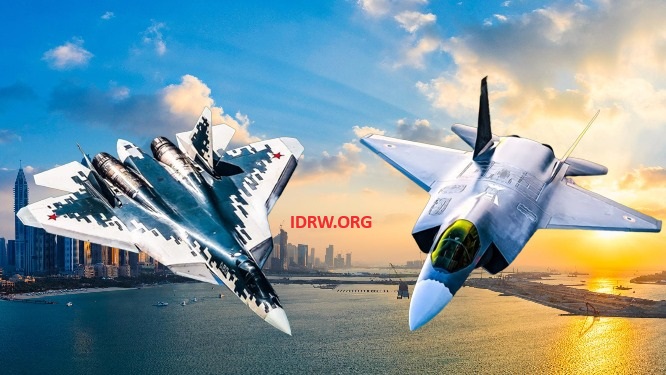

India’s quest for a homegrown 5th generation fighter jet, the Advanced Medium Combat Aircraft (AMCA), has taken significant strides in recent years. This journey, however, wasn’t without its challenges. The seeds of the AMCA program were sown in 2008 when the Aeronautical Development Agency (ADA) received initial approval for its development.
Recognizing the need for experience in crafting such an advanced aircraft, India opted for collaboration with Russia in 2007. The plan was to co-develop a stealth fighter based on the Su-57. This joint venture, christened the Fifth Generation Fighter Aircraft (FGFA) program, faced roadblocks. The Indian Air Force (IAF) expressed concerns about the engine capabilities and overall stealth design offered by the Su-57 platform.
Continue readingSOURCE: IDRW.ORG TEAM.


The Indian Space Research Organisation (ISRO) is taking a bold step towards the future of rocket propulsion, announcing a collaborative effort with Hindustan Aeronautics Limited (HAL) and the National Aerospace Laboratories (NAL) to develop hybrid and electric propulsion systems. This tripartite initiative signifies India’s commitment to innovation and self-reliance in the space sector.
This move comes on the heels of ISRO’s successful 2022 test of a 30 kN hybrid rocket motor, demonstrating the organization’s potential in this exciting new technology. Hybrid rockets combine solid fuel with a liquid oxidizer, offering several advantages over traditional propulsion systems.
Continue readingSOURCE: IDRW.ORG TEAM.
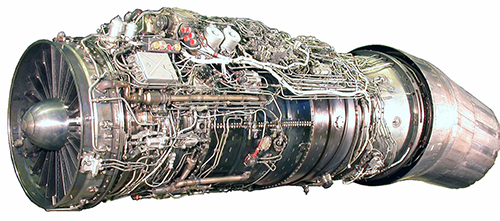

Hindustan Aeronautics Limited (HAL) Plans to secure order for the manufacturing of 240 AL-31FP jet engines soon, further bolstering India’s self-reliance in the defense sector. These engines will be used to power the Indian Air Force’s (IAF) fleet of Su-30MKI fighter jets, forming the backbone of the nation’s air defense.
The order comes after HAL successfully secured contract for 80 RD-33 engines for the upgraded MiG-29UPG fighter jets. The new AL-31FP engines will replace existing ones on over 110 Su-30MKI jets that have reached the end of their designated operational life. Notably, these replacement engines will boast a higher degree of indigenization compared to their predecessors, signifying a significant step towards India’s goal of self-sufficiency in defense equipment manufacturing.
Continue readingSOURCE: IDRW.ORG TEAM.
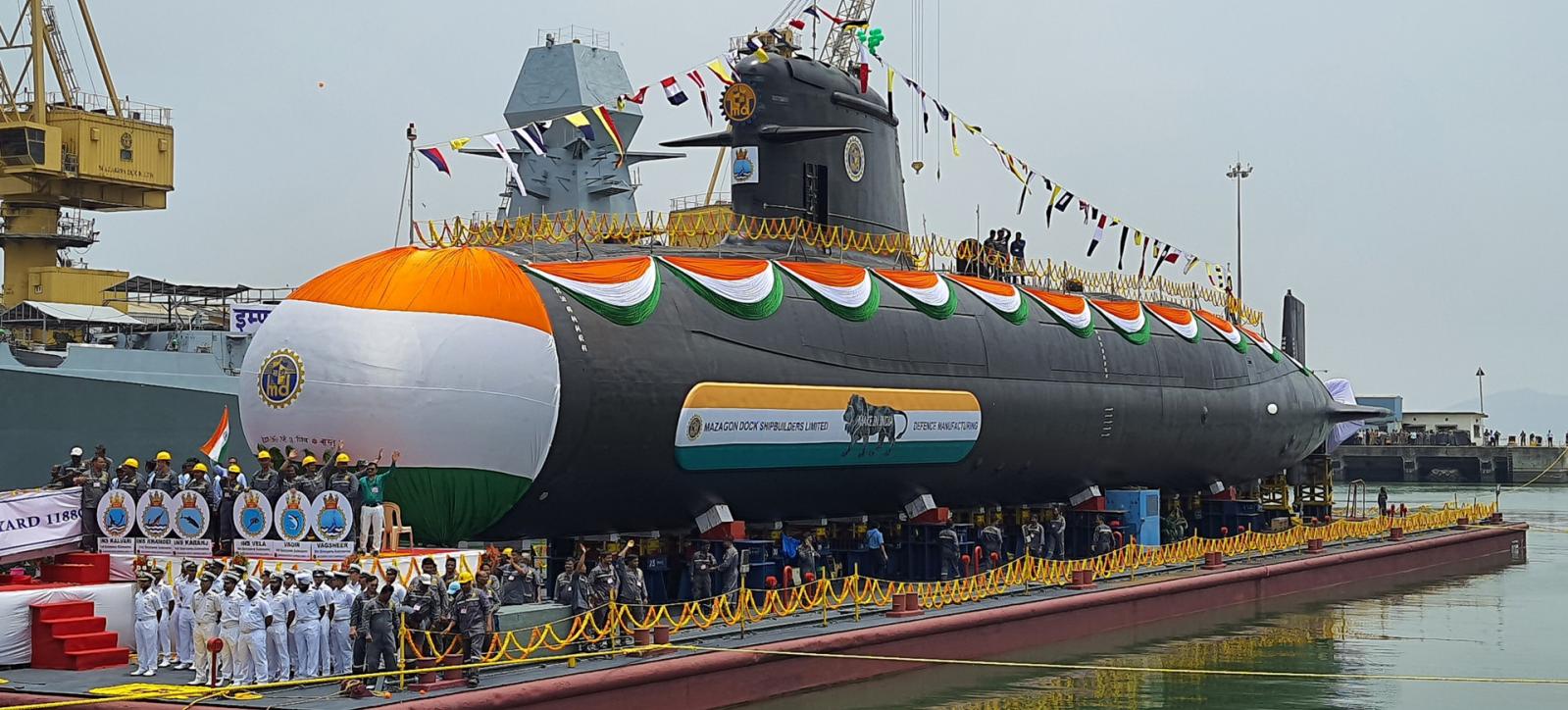

The stage is set for a significant milestone in India-Brazil relations, as the two nations prepare for their first-ever 2+2 Ministerial Dialogue in New Delhi next month. This historic event, confirmed by Brazilian Ambassador Kenneth Haczynski Da Nobrega, underscores the growing importance of defense cooperation within their burgeoning economic partnership.
A key area of collaboration lies in the realm of submarine maintenance and technology. Brazil currently operates Scorpene-class submarines, while India possesses a well-established domestic submarine program. Negotiations are underway between the two navies to potentially sign a Memorandum of Understanding (MoU) that would encompass:
Continue readingSOURCE: IDRW.ORG


The Indian Army’s Army Aviation Corps is poised to enhance its operational capabilities with the impending arrival of its first squadron of Apache attack helicopters. Scheduled to be raised in Jodhpur on March 15, this development marks a significant milestone in India’s defense strategy. With the delivery expected in May this year, the Indian Army is gearing up to integrate these formidable aircraft into its fleet.
According to Indian Army officials, the initial batch of Apache helicopters, numbering six units, is slated to be delivered from the United States. This procurement underscores India’s commitment to modernizing its armed forces and strengthening its defense posture. The addition of Apache helicopters is expected to bolster the Indian Army’s aerial firepower and reconnaissance capabilities significantly.
Continue readingSOURCE: IDRW.ORG TEAM.
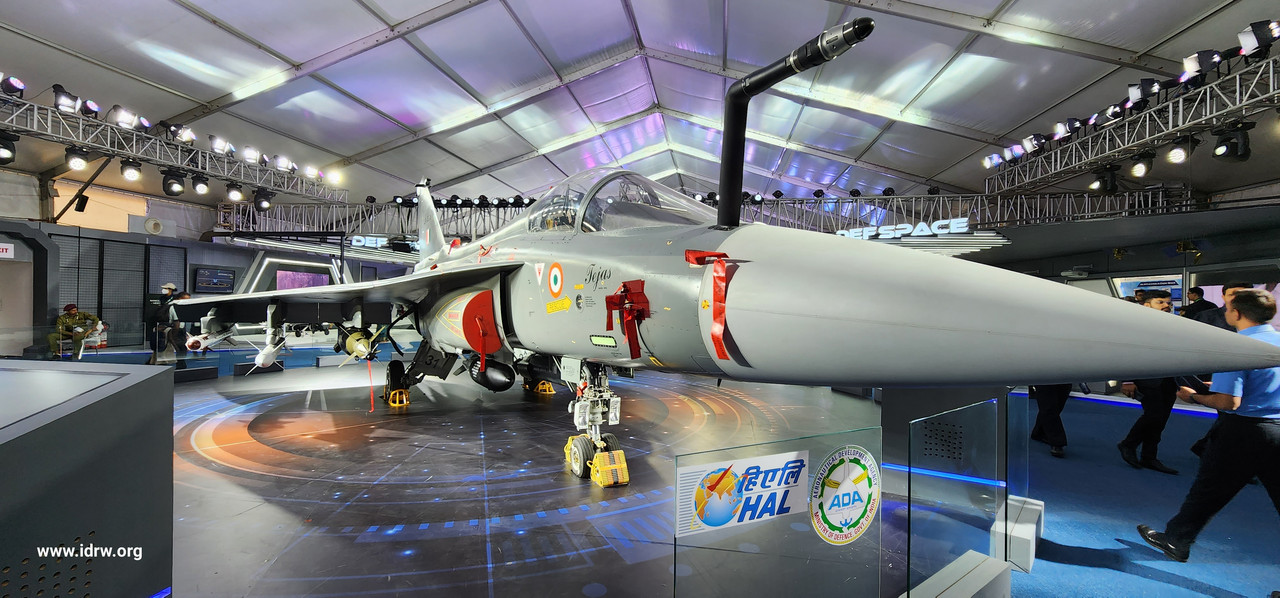

Marking a significant milestone, the first Light Combat Aircraft (LCA) Tejas Mk1A fighter jet successfully completed its Low-Speed Taxi Trials (LSTT) on Monday, according to prominent defense journalist Anantha Krishnan M.
These initial trials pave the way for the aircraft to undergo more rigorous Ground trials, including High-Speed Taxi Trials (HSTT), before its much-anticipated first flight, tentatively scheduled for March 18th or soon after.
Continue readingSOURCE: IDRW.ORG TEAM.
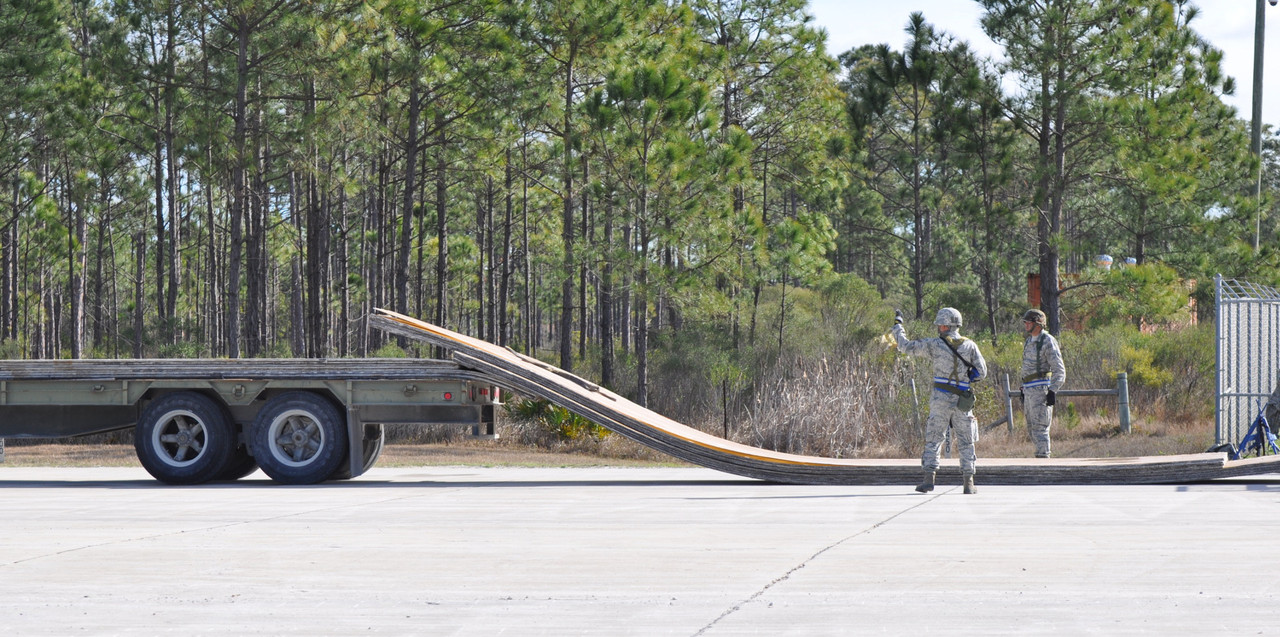

The Indian Air Force (IAF) is gearing up for faster and more efficient runway repairs with plans to procure Foldable Fiberglass Mats (FFM) from local private sector companies. This innovative technology, slated for acquisition by next year, promises swift recovery of runways damaged by unforeseen events, ensuring uninterrupted air operations.
Imagine a lightweight, rapidly deployable mat made from a special fiberglass-polyester resin composite. That’s the essence of FFMs. These rigid mats are woven and cut to specific shapes, enabling quick and efficient coverage of large craters on runways.
Continue readingSOURCE: IDRW.ORG TEAM.


Hindustan Aeronautics Limited (HAL) is poised to embark on a significant phase in India’s indigenous defense aviation program with the anticipated commencement of the metal cutting exercise for the Advanced Medium Combat Aircraft (AMCA) prototypes within the next six months. This development comes on the heels of the program receiving official clearance from the Cabinet Committee on Security (CCS) this month, as reported by Janes.
The approval from the CCS signifies a crucial step forward in the AMCA project, paving the way for the initiation of key activities, including metal cutting and the establishment of assembly lines and jigs. Speaking on the imminent progress, HAL’s spokesperson highlighted, “Other activities such as setting up the jigs and assembly line will also start. We will also start the process of setting up the supply chain for the program.”
Continue reading